The heart of a bustling marketplace, surrounded by vibrant colors and the intoxicating scent of spices wafting through the air. A merchants haggle over their wares, one animal captures your attention more than any other a majestic camel, swaying gracefully with an air of ancient wisdom.
For centuries, these remarkable creatures have been indispensable companions to many cultures around the world, serving not only as transportation but also as symbols of resilience and adaptability in harsh environments.
How much does a camel cost the price tag on these dromedaries can vary wildly based on factors such as breed, age, training level, and geographical location.
How Much Does A Camel Cost?
United States, the price of a camel can range dramatically from $5,000 to $20,000, dependent on factors like age, training, and breed. This premium positioning reflects not just scarcity but also growing interest in these unique animals for both personal companionship and as exotic additions to farms or ranches.
The increasing popularity of camels among enthusiasts has led to a surge in demand from specialized breeders across various states. Consequently, acquiring one may come with a hefty price tag, it’s clear that many see them as valuable investments or distinctive symbols of a lifestyle choice.
Conversely, Australia boasts a more accessible market for camels where prices typically hover between AUD 500 and AUD 3,500.
Distribution Of Camels
Dromedary camels, with their iconic single hump, dominate the landscape of North Africa and the Middle East. These remarkable creatures are perfectly adapted to arid environments, capable of enduring long periods without water while efficiently regulating body temperature.
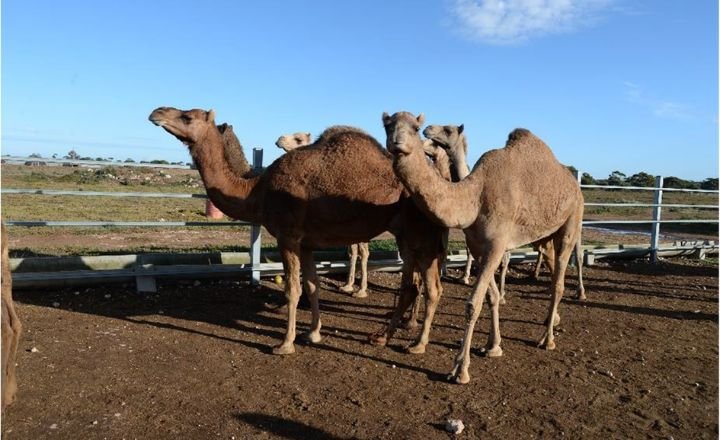
This unique physiological prowess not only underscores their resilience but also highlights how evolution has tailored these animals to thrive in some of the most unforgiving climates on Earth.
Bactrian camels, with their distinctive double humps, roam the harsher terrains of Central Asia. Their adaptations go beyond just extra fat storage; they boast thick fur that insulates them against extreme cold and a diverse diet that allows them to forage on tough vegetation where other animals cannot survive.
The wild Bactrian camel that truly captures attention a rare jewel at risk of vanishing from our planet. A few as 1,000 individuals left in their natural habitat around China and Mongolia, efforts to conserve this subspecies highlight an urgent call for biologists and conservationists alike to safeguard genetic diversity within the Camelidae family before it’s too late.
Buying a Camel
A considering the purchase of a camel, it’s essential to look beyond their striking appearance and acknowledge their unique temperament and abilities. Unlike more commonly domesticated animals such as horses or cows, camels are sensitive beings that require deep understanding and patience from their owners.
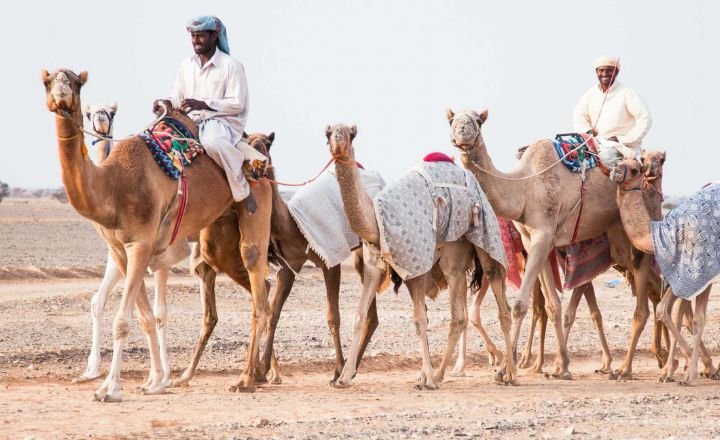
Their natural instincts, honed through centuries of adaptation in harsh landscapes, make them exceptional working animals provided they receive the right training and care. This isn’t just about feeding them; it’s about building a relationship based on trust and communication.
Financial factors also play a significant role in the decision to buy a camel. With initial costs that can soar high due to breeding quality, health checks, and necessary equipment like saddles or enclosures, potential owners must be prepared for ongoing expenses related to health care and specialized feed tailored to suit their distinct dietary needs.
These considerations can ultimately determine whether owning a camel will enhance your life or become an overwhelming burden.
Factors Affecting The Camel Cost
The cost of a camel is influenced by a variety of factors, with geographical variations frequently dictating prices. In regions where camels are integral to the local culture, such as in parts of the Middle East and North Africa, prices can soar due to high demand and limited availability.
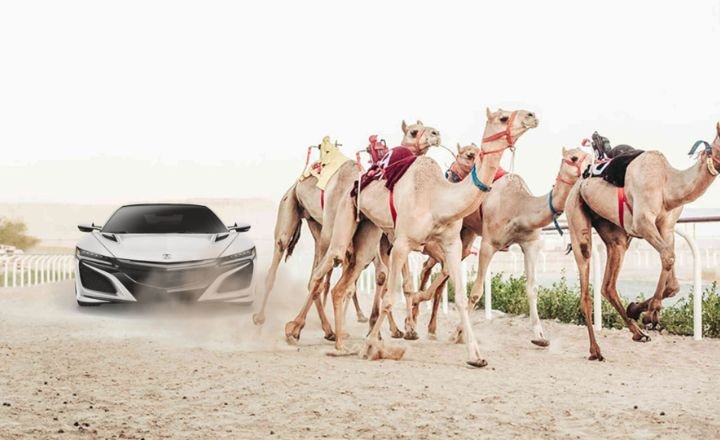
In areas where camels are less commonplace, like certain Western countries or urban settings, they may be relatively cheaper simply because they’re not widely sought after. Understanding the regional market trends can save prospective buyers both time and money.
Species also plays a significant role in determining camel prices. For instance, breeds known for their endurance or milk production tend to command higher prices compared to those primarily used for labor or transport.
The age is another critical factor; younger camels generally fetch more due to their potential for years of use and productivity ahead. It’s essential for buyers not only to confirm the species but also consider its age before making a purchase commitment.
This careful evaluation ensures that you’re investing wisely into an animal that meets your specific needs and expectations while appreciating its true value over time.
Buyers Guide To Buy A Camel
Here are some common things to keep in mind while thinking to buy a camel.
Camels are better in pairs: Camels, often characterized by their resilient nature and striking presence, are inherently social creatures that thrive in herds. When kept alone, these intelligent animals can experience stress and anxiety, leading to behavioral issues that may manifest as aggression or irritability.
The bond formed between camels in pairs not only provides them with companionship but also enhances their overall well-being mirroring the intricate social behaviors displayed by other herd animals.
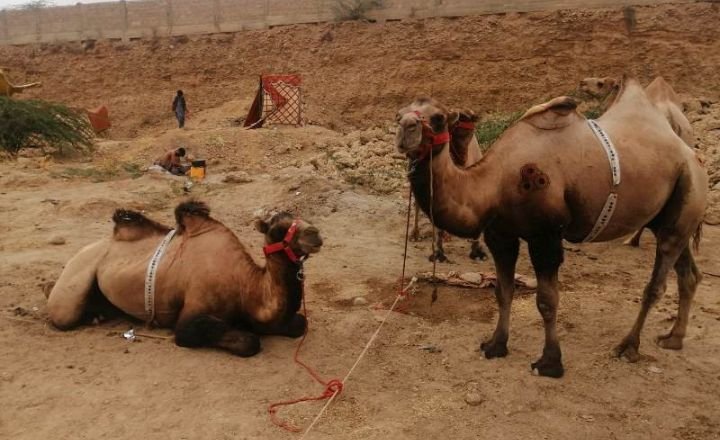
Young bull camels are safe: Camels, particularly male ones, undergo significant hormonal and physical development during the first 3 to 4 years of life. This period is critical as their bodies are busy developing muscle mass, bone structure, and vital organ functions.
Female camels are a bit more pricer: Female cows have long been treasured in the dairy industry for their ability to produce milk, and this appreciation has sparked a newfound interest in female camels as well.
Their bovine counterparts, female camels play a crucial role in milking operations, yielding nutrient-rich milk that is not only vital for local communities but also sought after globally for its unique health benefits. This rising recognition of the value of female camels has contributed to an upward shift in their market prices, often surpassing those of male camels.
Consideration Prior To Buying A Camel
1. Be Prepared For Higher Responsibilities And Commitment
Owning a camel can be a rewarding experience, but it requires a serious commitment to their unique needs. Unlike more common pets, camels demand specialized training and socialization to thrive.
Their natural instinct can lead to stubborn behavior if not properly managed, which means investing time in consistent training routines is essential. An untrained camel not only poses challenges but also translates into higher costs professional trainers may charge premium rates to turn your obstinate companion into a well behaved asset.
2. Purpose Of Camels
A considering the purpose of keeping a camel, tailoring your preparations can significantly enhance both your experience and that of the animal. For instance, if you opt for a pet camel, investing in a spacious pasture with robust fencing is crucial not just for safety but also for providing an environment where they can roam and graze freely.
A three-walled shelter ensures protection against harsh weather, while two acres per camel allows them to exhibit natural behaviors that promote their well-being.
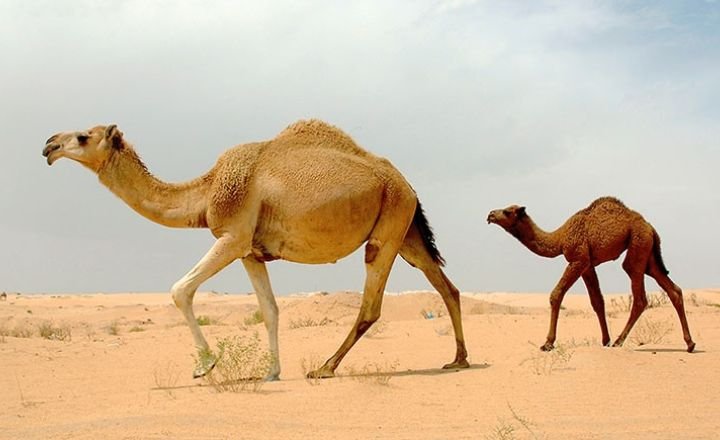
On the other hand, if riding is your primary interest, understanding the specific gear becomes essential. A good-quality saddle designed for camels serves as more than just comfort; it aids in balance and control during rides.
Alongside this, having a reliable rope and peg will give you peace of mind when tying up your camel after an outing. Conversely, those looking to utilize camels for transport must focus on sturdy stacks complemented by durable ropes to secure loads effectively not only will this ensure safe travel but also enhances efficiency in transporting goods across varying terrains.
3. Proper Nutrition Plan
Understanding the dietary needs of camels is crucial before making such a unique investment. These remarkable creatures thrive on a diet primarily consisting of alfalfa hay and oat hay, which provide essential nutrients for their well-being.
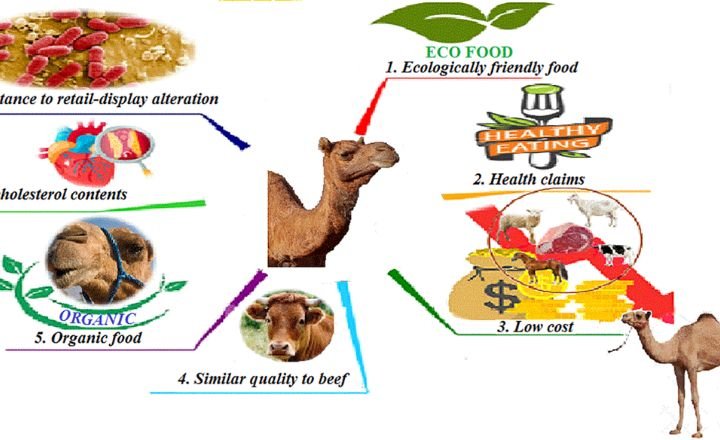
Including grains like corn or additional oats can enhance their diet, ensuring they receive the necessary energy to sustain their impressive endurance. Interestingly, while camels are renowned for their ability to go long periods without water a balanced food regimen plays an equally vital role in maintaining their overall health.
Incorporating salt into your camel’s daily intake is non-negotiable; it aids in hydration and helps with various bodily functions.
4. Do Paperwork
Owning a camel is not only an exciting venture but also comes with its own set of administrative responsibilities. In the UK, aspiring camel owners must obtain a Dangerous Wild Animal (DWA) license, which signifies that they understand the unique challenges associated with keeping such an extraordinary creature.
This license ensures that prospective owners are well-informed about animal welfare standards, habitat needs, and appropriate care practices, ultimately promoting better conditions for both the camel and its owner.
Choosing The Right Camel
1. Breed Of Camel
The dromedary camel, with its singular hump, epitomizes elegance in the harsh desert landscape. Towering taller than its Bactrian counterpart, this breed is exquisitely adapted to scorching environments.
Its slim physique allows it to navigate sandy terrains effortlessly, while the fine short fur directs heat away from its body during the searing daytime sun. Beyond mere aesthetics, these adaptations grant the dromedary unparalleled endurance and resilience a necessity for both survival and human companionship in arid regions.
2. Strong And Healthy Camel
A assessing the strength and health of a camel, the knees offer critical insight into its overall condition. A camel’s knees need to be sturdy, supporting not only its own weight but also any burdens it carries.
Observing these joints as the animal stands can reveal a lot if they tremble or shake under pressure, it’s a red flag indicating potential weakness that could hinder performance in strenuous situations.
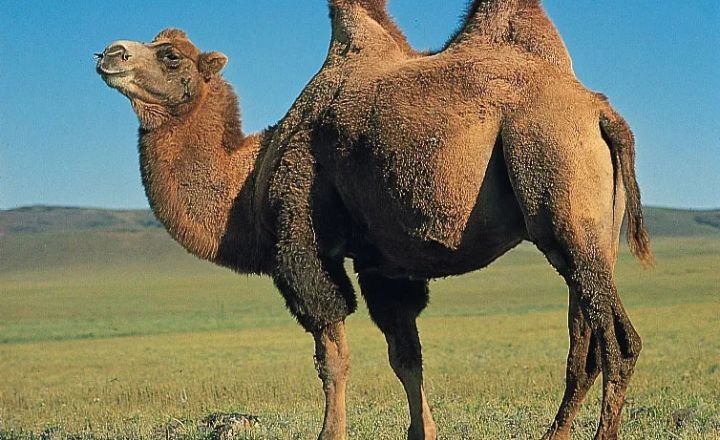
The, watching how a camel walks is crucial in determining its fitness level. A limp during movement suggests underlying issues that might not be immediately apparent perhaps discomfort from an unseen ailment or joint strain that could escalate without proper care.
3. Young Aged Camel
The selecting a camel, the age of the animal is a critical factor that can significantly influence its performance and reliability. Choosing a camel between four to eight years old offers a perfect balance of youthful vigor and mature strength.
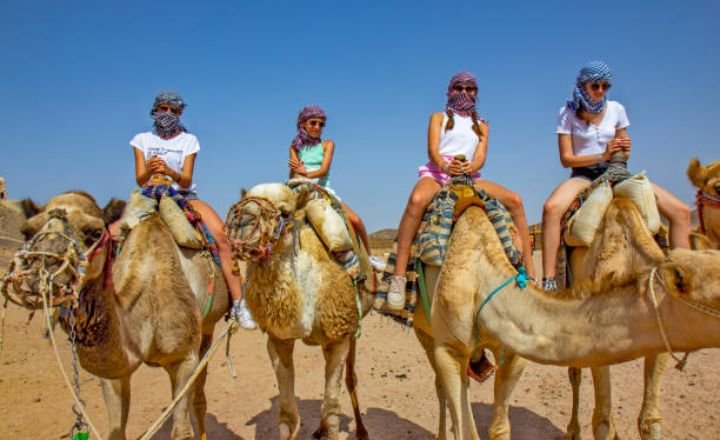
The camels have developed their physical capabilities, ensuring they are robust enough for various tasks without being overly fatigued or prone to health issues commonly seen in older animals.
Food Uses of Camel
Dairy
Camel milk embodies the essence of resilience and sustenance, serving as a cornerstone in the diets of desert nomad tribes for generations. Its remarkable ability to sustain these communities for an entire month underscores its extraordinary nutritional profile, brimming with proteins, vitamins, minerals, and healthy fats that are crucial for maintaining energy levels in harsh environments.
Unlike cow’s milk, camel milk is lower in lactose and packed with immunoglobulins natural antibodies that bolster the immune system making it a valuable food source even for those who are lactose intolerant.
Traditional consumption, camel milk is gaining traction globally within health-conscious communities. This versatile elixir can be transformed into various delectable products such as yogurt and cheese, each retaining its rich nutritional values while offering diverse flavors.
A culinary applications, camel milk’s therapeutic potential is noteworthy; it’s been hailed as a natural remedy for diabetes management due to its insulin-like effects and may also support gut health thanks to its unique composition of beneficial fatty acids.
Meat
Camel meat, once considered an exotic delicacy, is rapidly gaining recognition worldwide for its rich nutritional profile and unique taste. A approximately 3.3 million camels slaughtered annually for their meat, this underappreciated source of protein continues to make waves in culinary circles.
The sheer quantity of meat obtained from a single camel carcass can feed entire communities, making it not only an economical choice but also a sustainable one in regions where conventional livestock may struggle.
Rich in proteins and essential vitamins such as B vitamins and iron, camel meat stands out for its low fat content compared to beef or lamb, presenting health-conscious consumers with a valuable alternative.
Dromedary camels recognized for their size and resilience are particularly lauded for the quality of their meat.
Their ability to thrive in arid conditions means they require fewer resources than traditional livestock, adding another layer to the argument for embracing camel farming as a viable solution in the face of climate change challenges facing global food systems.
Feeding Cost of Camels
The diet of camels, understanding their unique digestive process is crucial for maintaining their health. As ruminants, camels have a fascinating ability to regurgitate and re-chew their food, effectively maximizing nutrient absorption from the fibrous grass and hay they consume.
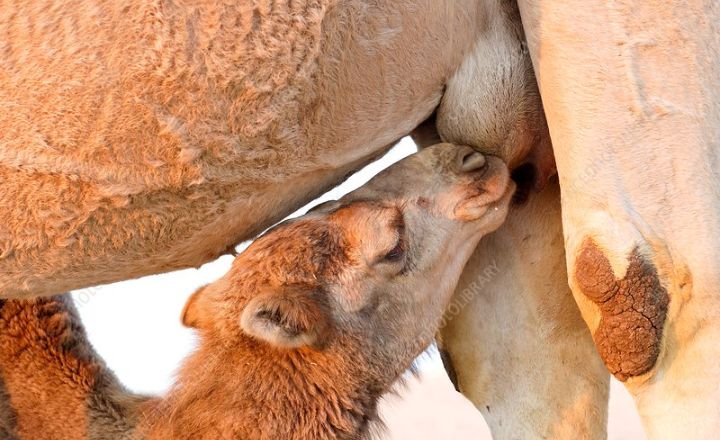
Their preferred dry hay – particularly alfalfa and oat hay – minimizes the risk of bloating, ensuring these resilient animals remain comfortable as they digest. It’s essential to avoid feeding them alfalfa grass specifically because it can trigger bloating, a potentially dangerous issue.
Raising cost of a camel
Training
Training a camel can be a rewarding yet uniquely challenging experience, especially when compared to training horses. A both animals have their own quirks and preferred ways of interacting with humans, camels tend to require a bit more patience due to their innate instinct for self-preservation.
This is why the cost of training these gentle giants often exceeds that of horses; not only do you need specialized knowledge, but establishing trust can take significantly longer.
To successfully acclimate a camel to human interaction, it’s essential for trainers to employ specific techniques aimed at fostering intimacy. One effective method involves gently touching the camel’s head while simultaneously providing tasty grains as rewards.
This builds positive associations between humans and food, gradually paving the way for deeper connections. The camel has adapted enough to be tied up without panicking, owners can begin introducing handling practices that enhance comfort and cooperation a process that might span several weeks or even months depending on each individual animal’s temperament and prior experiences.
Housing A Camel
Proper shelter is crucial for the well-being of pet animals, particularly for camels who thrive in arid environments but are not immune to harsh weather conditions.
Camel shelters are designed with a deep understanding of their needs, offering protection from strong winds, blazing sunlight, and even pesky insects.
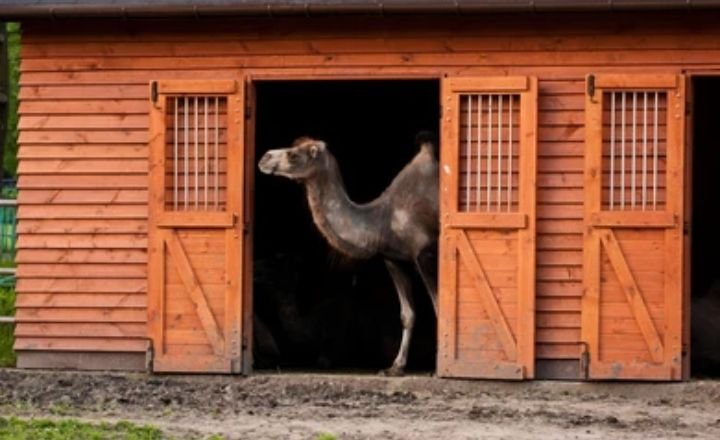
These structures incorporate natural materials and wide overhangs to create shaded areas that help maintain a comfortable temperature while allowing ample airflow essential for preventing heat stress.
Veterinary Care
A camels might have a reputation for being robust and hardy animals, their veterinary care parallels that of more familiar livestock such as cattle and horses.
Regular vaccinations are crucial for keeping these majestic creatures healthy the Clostridium CD T vaccine protects them from diseases like Leptospirosis and West Nile virus, while rabies vaccination is also an essential part of their healthcare routine.
This proactive approach not only safeguards the camels but also enhances public health by preventing zoonotic diseases.
The worming camelids must be approached with diligence, as they are susceptible to whipworm infestations; treatments like Panacur should be administered every two months to maintain their health integrity.
Summary
How much does a camel cost can vary significantly based on factors such as breed, age, health, and geographical location. Potential buyers should consider not only the initial purchase price but also ongoing expenses such as food, veterinary care, and shelter.
The market dynamics and doing thorough research is essential to making an informed decision. Whether for work, companionship, or investment purposes, owning a camel requires careful planning and commitment.
